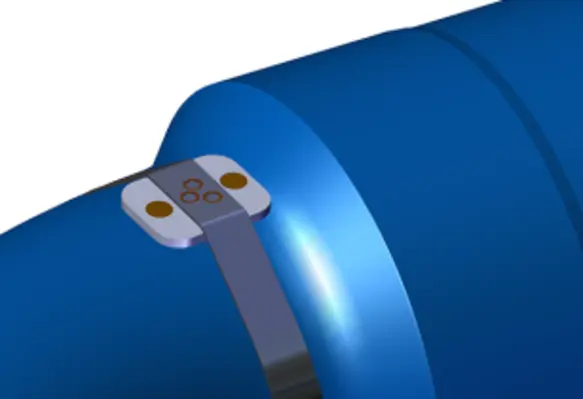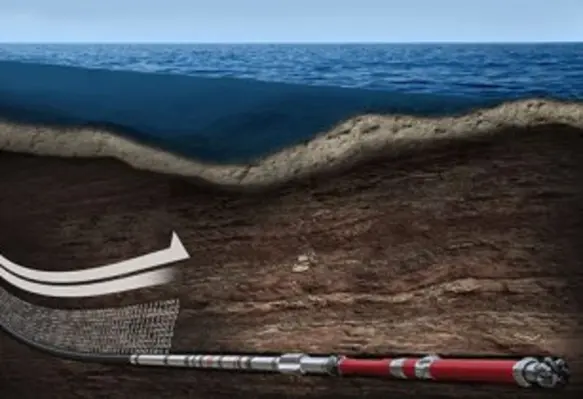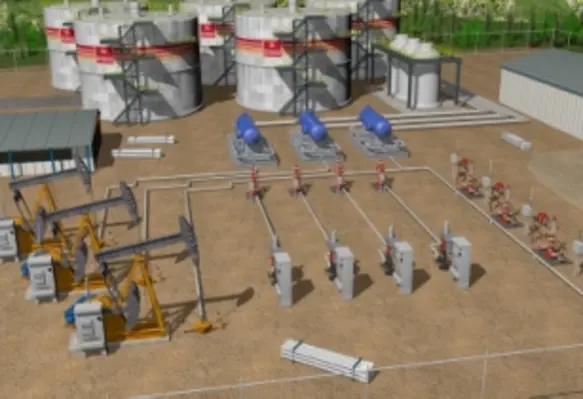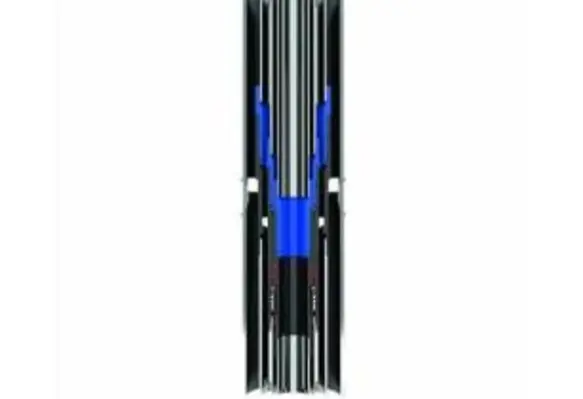Weir Oil & Gas, has introduced SPM radio frequency identification (RFID) technology and RFID mobile app at ADIPEC, held from 13-16 November 2017
Exploration & Production
Halliburton launches new high-speed telemetry service
Sperry Drilling, a Halliburton business, has released JetPulse telemetry service, aiming to provide high-data rate transmission of drilling and formation evaluation measurements in oil and gas industry
Eni signs deal for Block 52 offshore Oman
The government of the Sultanate of Oman, Oman Oil Company Exploration and Production (OOCEP) and Eni have entered into an Exploration and Production Sharing Agreement (EPSA) for Block 52, located offshore Oman
Rockwell introduces multi-well pad solution for oil and gas producers
Rockwell Automation has introduced multi-well pad solutions for oil and gas producers, aiming to achieve easy implementation, real-time data visibility, production efficiency and reduced costs
Weir introduces WMSS10 Mudline Suspension System for offshore operations
Weir Oil & Gas, an upstream provider of pressure pumping and pressure control equipment and services, has introduced its WMSS10 Mudline Suspension System for exploratory and developmental wells during ADIPEC 2017












